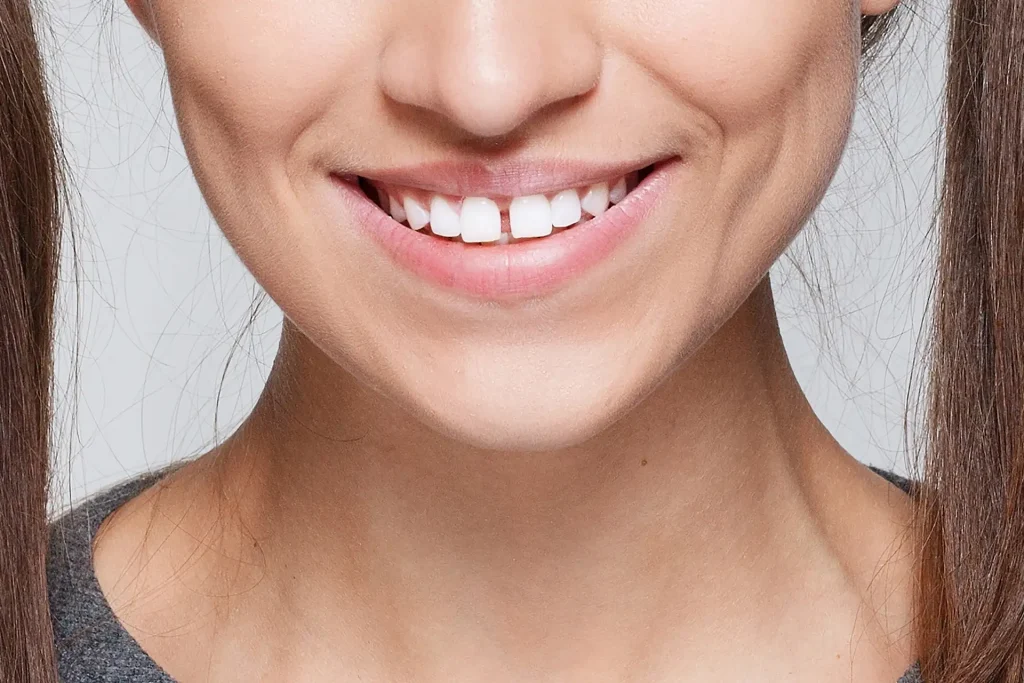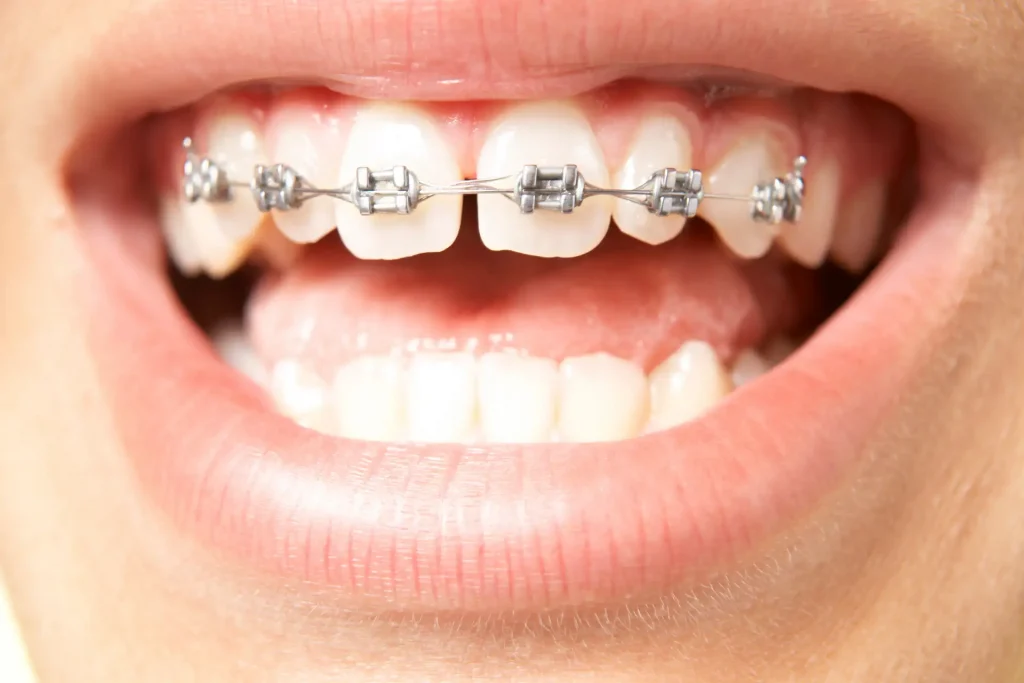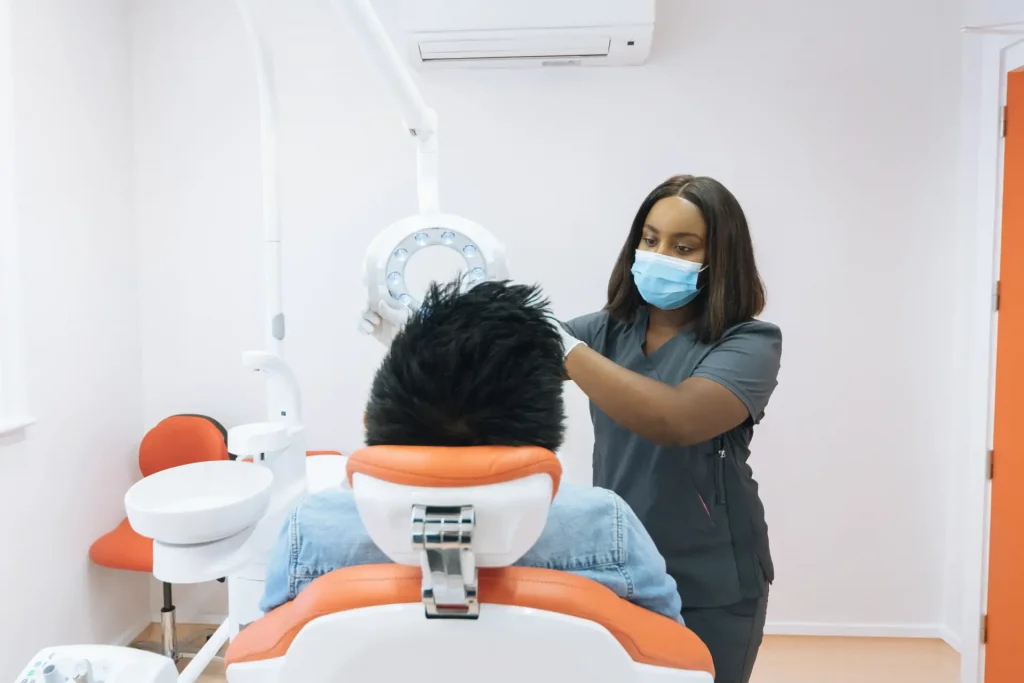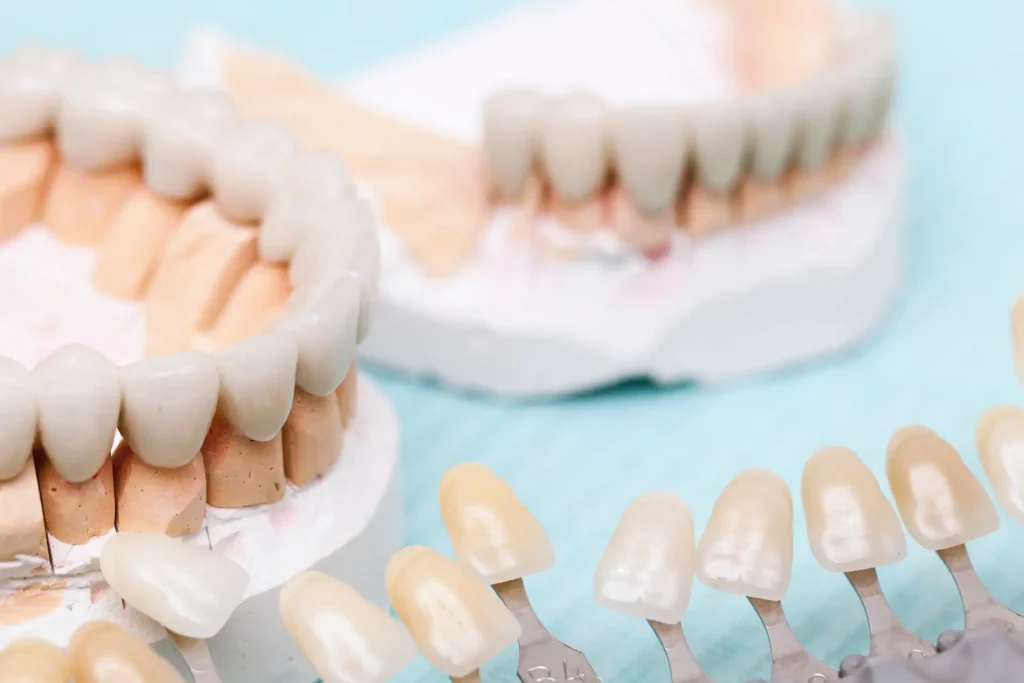
Diastema is a very common form of malocclusion that refers to a space or a gap between two teeth. The gap is so common that dentists consider it to be a typical developmental phenomenon in children. But what causes diastema, are there any health concerns associated with it, and how can it be fixed?

Diastema, sometimes called open contact, refers to a gap between two teeth that is wider than 0.5mm. It can occur between any teeth, though it is most obvious when it appears between the incisors.
There are a number of causes that can result in tooth spacing, including:
As many as two-thirds of children have a gap between the two front teeth before the upper canines form. This natural occurrence of diastema is considered a regular part of development in children’s teeth.
Teeth that are unusual in terms of shape, size and position are more likely to have spaces between them. For example, if your incisors are more than 0.5mm apart, it indicates that there is not enough pressure from the canines pushing them together.
Advanced forms of gum disease (periodontal disease) can result in tooth loss, leaving gaps in the gums where teeth should be. Gum disease can also weaken the gums, causing the teeth to loosen and move, leaving space for gaps to form.
The frenum is the tissue between the upper front teeth and the gum line. If a person has a particularly large frenum, it may prevent the incisors from moving close together during development.
Like other forms of malocclusion, bad habits, particularly those in early childhood, can result in diastema. They include:
Cysts and tumours can also obstruct the teeth, causing gaps and spacing. People who have extra (supernumerary) teeth are also more likely to have diastema.

Treatment for diastema is not usually required for medical reasons. However, a person with wide gaps between their teeth may feel insecure about their appearance and seek orthodontic treatment.
Because the gums are more exposed with diastema, those with the condition need to be extra diligent when brushing and flossing their teeth.
Although treatment for gapped teeth is not usually required for medical reasons, there are several complications that can arise from the condition.
Large gaps between the teeth may make a person feel insecure about their appearance. They may be bullied by their peers, and develop mental health problems as a result.
People with wide gaps between their teeth are more likely to have speech impediments. /F/ and /S/ sounds may pose challenges, and whistling can occur due to airflow between the teeth. Such speech problems in adulthood may hold a person back professionally and socially, and lead to social anxiety.
Where diastema is caused by crowded teeth, a person with the condition may find it difficult to brush as floss effectively. This can lead to a whole host of health problems, caused by the buildup of plaque and bacteria, such as gingivitis, bleeding gums, and periodontal disease.
A person who has large gaps between their teeth may find it difficult to chew correctly or bite off pieces of food. This can put them at a higher risk of choking and biting the tongue or cheek when eating. They may become more reliant on certain teeth as a result, which can cause the teeth to crack, chip or erode prematurely.
There are several treatment options available for gapped teeth, including:

Braces are a practical treatment for many cases of diastema, and can fix crowding and spacing issues. If a person has a very mild case of diastema, they may wish to opt for a discreet option, such as lingual braces.
Ceramic braces, self-ligating braces, and traditional metal braces are also generally very effective at treating diastema.

Clear aligners are a great solution for those who would like to have their diastema fixed without sacrificing their smile in the meantime. Clear aligners operate in the same way as braces, placing gentle pressure on the teeth over time. For this reason, they are also suitable for treating diastema in conjunction with other malocclusions, such as overbite and crowded teeth.

In some cases where crowded teeth cause diastema, tooth extraction may be necessary to make space for the teeth to align correctly.

If diastema is caused by missing teeth, dental implants and crowns may be required to close the gap.
Composite resin materials can be injected between two spaced out teeth, closing the gap. This kind of treatment can help create the appearance and functionality of a normal smile without the need for surgery.
If you have a visible gap between your teeth or believe you may have diastema or another form of malocclusion, you must get it checked by a professional. An expert dentist or orthodontist will be able to advise you on the best treatment options for your case, and give you a reasonable estimate of treatment time and cost. Why not book an appointment with a local dentist or orthodontist to discuss your options today?